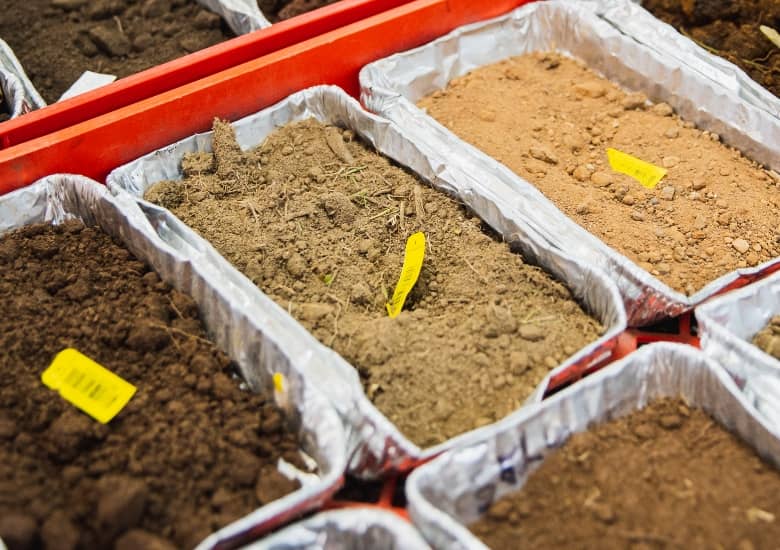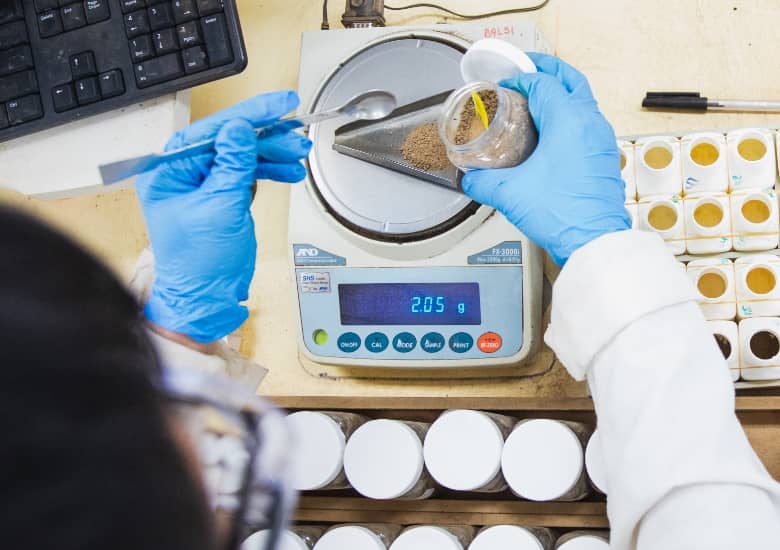Put your soil and
Pasture in trusted hands.
Maintain your nutrient balance and productivity with lower rates of nitrogen.
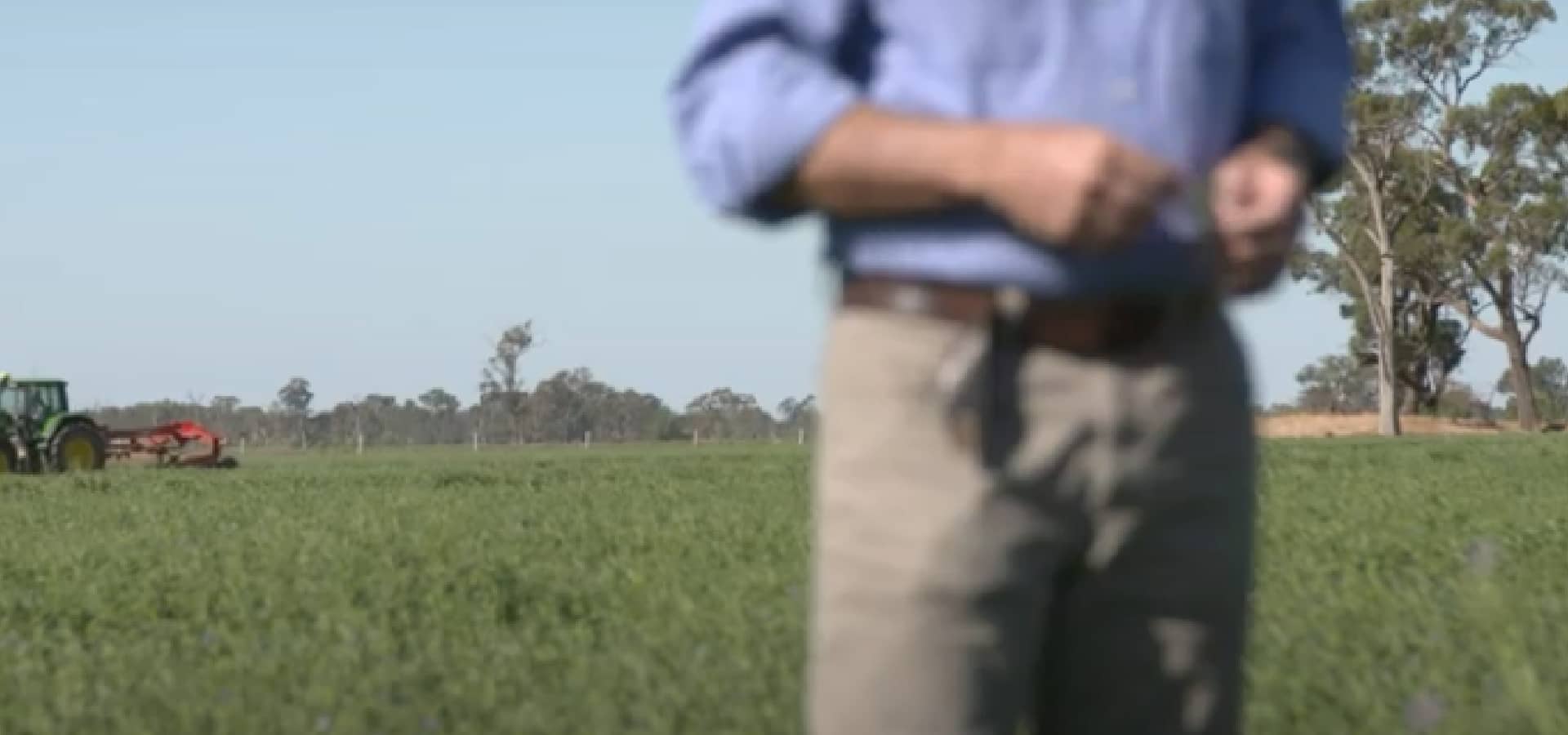

Hurry, secure your Spring Pasture fertiliser now!
Lock in your supply and price of SuPerfect® and SuPerfect®–Potash blends, Australia’s leading source of P and S for pastures. Talk to your local dealer about prepaying in June to lock in your supply, available from August through to Dec 2023 (or to Feb 2024 in Vic and Tas).
Learn More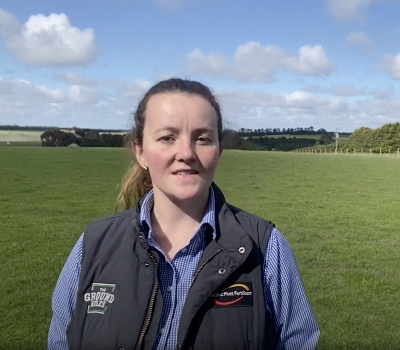
Flexibility with Green Urea NV
Take a moment with our Technical Agronomist Fiona McDonald and find out how Green Urea NZ provides logistical flexibility and potentially produces more feed at a lower cost.
View Video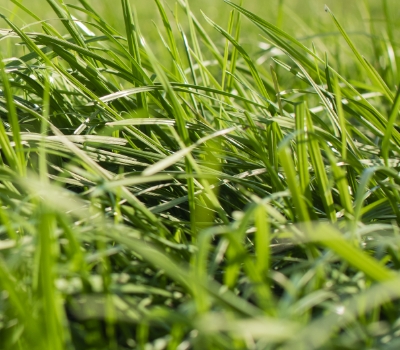
Economics of Spring N
IPF’s Feed Cost Calculator can help determine the return on nitrogen investment, which can be influenced by application rate and fertiliser product among other factors.
Learn more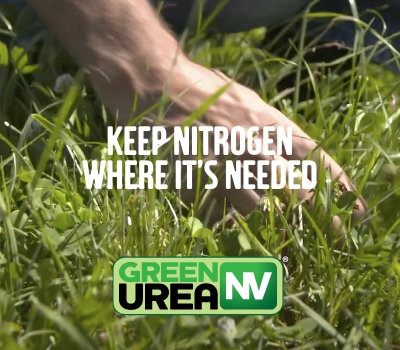
Green Urea NV
Coming into spring, keep nitrogen where it’s needed and reduce volatilisation losses by up to 70% by adding Green Urea to your blends.
Learn more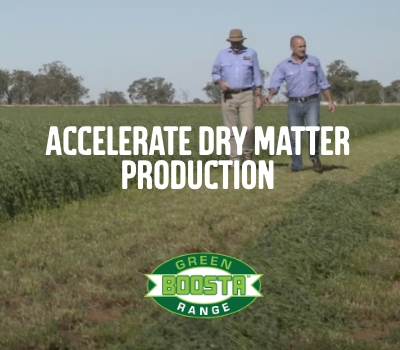
Green Boosta Range
Accelerate dry matter production coming out of winter with the tactical use of Green Boosta to maintain nutrient levels in your soil profile.
Learn more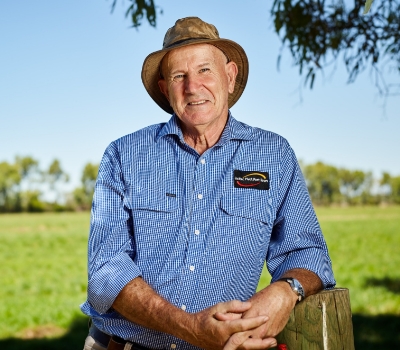
Nitrogen and Boosta blends
Choose from our range of Green Boosta blends to boost your spring pasture, silage or hay production. Or have your agronomist design an IPF Green Custom Blend to suit your soil.
View Video
Nitrogen Applications in Pasture
Technical Agronomist Lee Menhenett discusses nitrogen applications in pasture and how to prevent volatilisation losses with Green Urea
View VideoTop 10 pasture ground rules
The Ground Rules for Pasture have been developed to help you maximise your productivity and output.
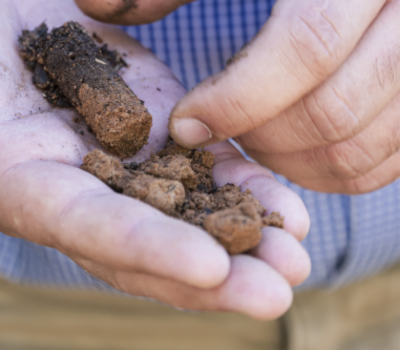
Know where you stand with your soil
By regularly testing your soil, you will become aware of what factors may be limiting your pasture production. Achieve the best results by addressing any deficiencies.
Learn more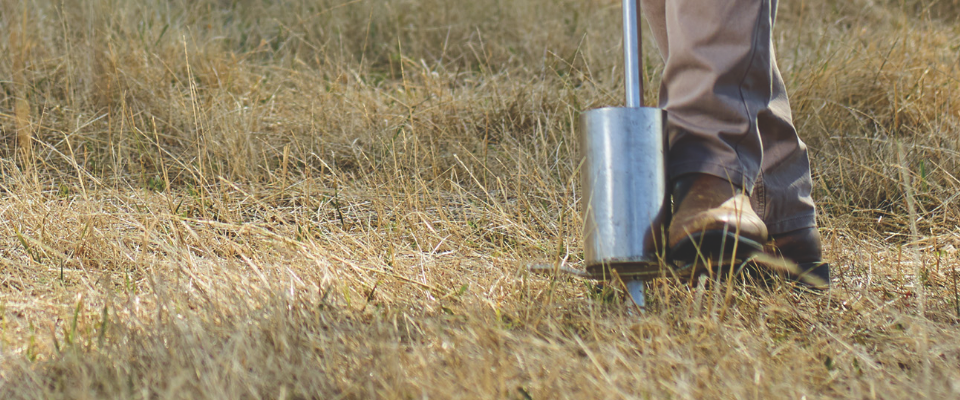
Know where you stand with your soil
Your pasture production may be constrained by one or more limiting nutrients. You will achieve the best results by regularly testing your soil and tailoring your application to address deficiencies.
- When starting a soil testing program, comprehensive soil tests should be taken in every paddock.
- Use subsequent annual testing to measure phosphorus (Colwell P or Olsen P), potassium (Colwell K) and/or sulphur (KCL 40S).
- Identify if any soil ameliorants are required.
- Comprehensive soil tests should be repeated every ve to eight years to check on pH, other cations and trace elements as well as the macro nutrients.
- Be sure what the best fertiliser types (including blends) and appropriate rates for individual paddocks are, so you are not wasting money.
- Nutrient Advantage® is Australia’s leading soil testing laboratory and is accredited by NATA and ASPAC.
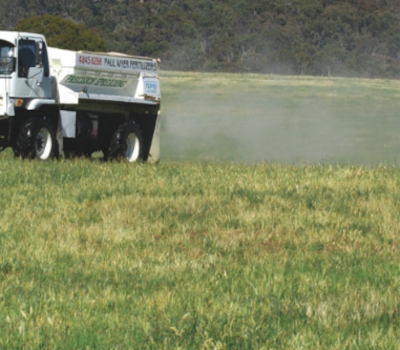
Spread early and stay one step ahead
There are a number of benefits associated with being a step or two ahead when it comes to the timing of your fertiliser application.
Learn more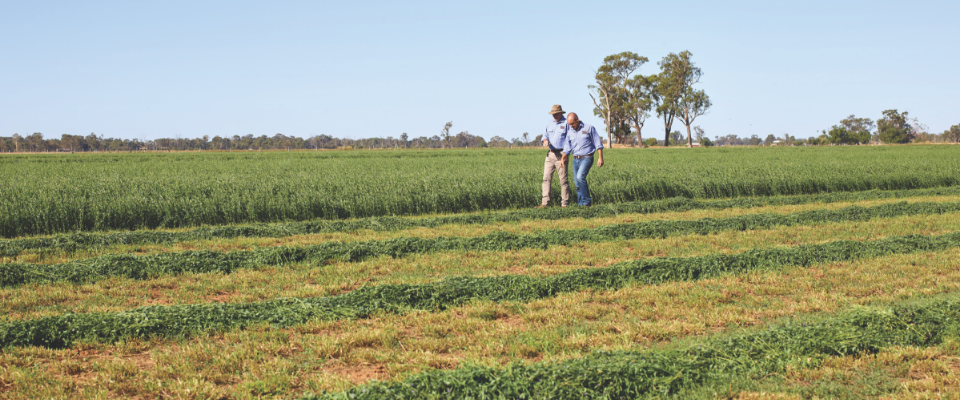
Spread early and stay one step ahead
Research by Agriculture Victoria has shown that there are no pasture yield differences when phosphorus fertiliser is applied in summer or autumn1. With this in mind, there are a number of benefits associated with being a step or two ahead when it comes to the timing of your fertiliser application. Things to consider in relation to the early application:
- The movement of water-soluble phosphorus from single superphosphate granules into the soil is virtually complete within 24 hours of application, even when soil conditions are dry and rainfall does not occur. Light dews are enough for the P to move into the soil where it is quite immobile (i.e. will not leach).
- This gives the fertiliser more time to become available to the pasture when it needs it most.
- It also enables you to take advantage of an early seasonal break.
- Early application gives you more management flexibility when it comes to the coordination of transportation, spreading contractors and other services.
- Early application of phosphorus allows for pastures to access fertiliser P, ensuring a rapid uptake following the autumn break.
- Applying phosphorus fertiliser earlier than the traditional autumn application does not increase the likelihood of phosphorus losses through run off, however areas that are prone to storm water may see losses if there is soil movement within 24 hours of application.
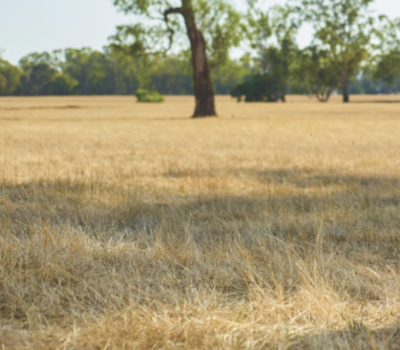
Get productive with P
Phosphorus (P) is key in pasture production. Be sure to make regular deposits – the sooner it’s applied, the sooner you’ll see the benefits.
Learn more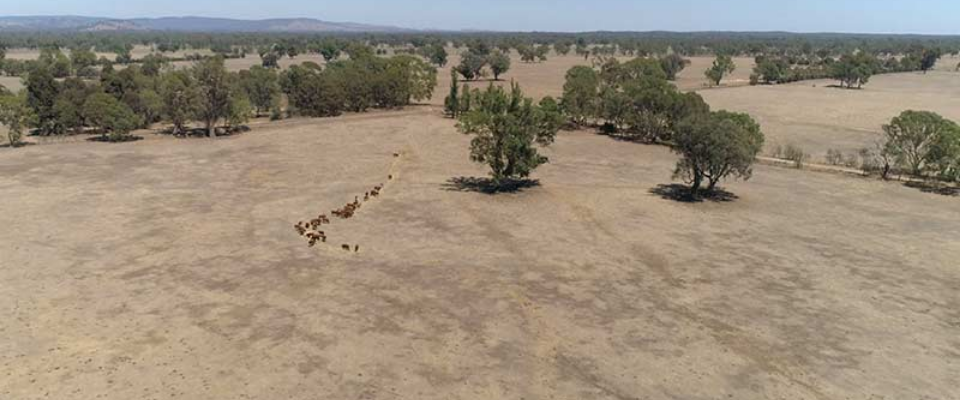
Get productive with P
It’s no secret that phosphorus (P) is key in pasture production and persistence. Be sure to make regular deposits – the sooner it’s applied, the sooner you’ll see the benefits.
- Phosphorus continues to be one of the key drivers behind the production of quality pasture.
- At present there are no known substitutes for phosphorus when it comes to maintaining productive pastures.
- The important role phosphorus plays is well recognised thanks to years of industry research and large-scale commercial demonstration projects, such as the Triple P (Paired Paddock Program).
- SuPerfect® is Australia’s leading source of P for Australian pastures.
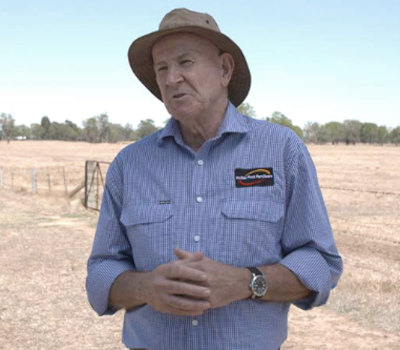
Set up with essential S
Sulphur (S) is an essential plant nutrient and important for legume-based pastures. It has been long recognised that sulphate S is effective in supplying S to pastures.
Learn more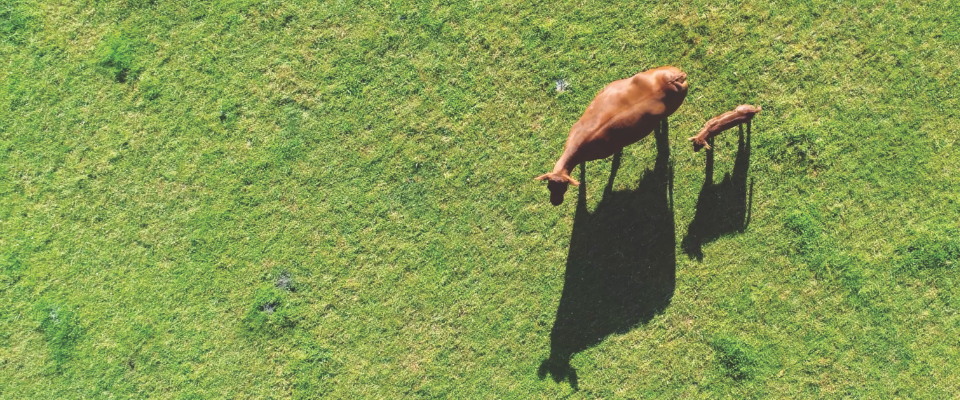
Set up with essential S
Sulphur (S) is an essential plant nutrient and important for legume-based pastures. It has been long recognised that sulphate S is effective in supplying S to pastures.
- By using plant available sulphate sulphur, earlier dry matter responses can be expected where soil sulphur levels are below optimum values.
- SuPerfect® supplies a balance of phosphorus, sulphate sulphur and calcium.
- Bringing forward maintenance sulphur application to spring can assist in maximising clover growth and nitrogen fixation.
- Granulock SS is another option to maintain soil sulphur levels.
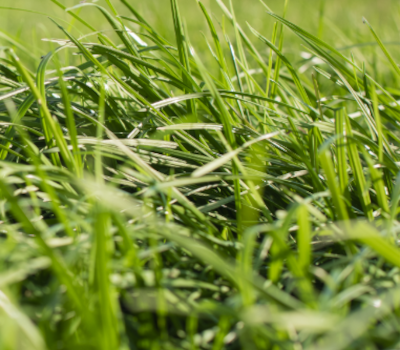
Keep an eye on your K levels
Potassium (K) is often required by pastures, particularly where hay and silage has been removed, on light sandy soils, in high rainfall areas and on granite-based soils.
Learn more
Keep an eye on your K levels
Don’t overlook potassium (K), especially in high value pastures. Potassium is often required by pastures, particularly where hay and silage has been removed, on light sandy soils, in high rainfall areas and on granite-based soils.
- Potassium is a major nutrient required for healthy plant and animal growth.
- When rebuilding potassium levels from a low base, it is beneficial to plan several smaller applications using SuPerfect blended with Muriate of Potash rather than make one large application.
- Care needs to be taken when applying potassium at high rates, as luxury uptake may lead to nutrient imbalances in livestock, which can contribute to animal health issues.
- Soil testing through the Nutrient Advantage laboratory is a good way to assess the need for potassium. When sampling, be aware that potassium levels may be higher in areas of the paddock where livestock tend to gather.
- SuPerfect blends well with Muriate of Potash at ratios of between 1:1 and 5:1.

Is this the moment for Moly?
Trace elements play a critical role in helping to maintain a productive, sustainable pasture system. They can also help with maintaining stock health and fertility.
Learn more
Is this the moment for Moly?
If it has been five years or more since you last applied molybdenum to pastures on acid soils, consider it as an addition to your fertiliser program this year. Moly allows you to enhance pasture production using free nitrogen. Things to consider:
- Are your soils and pastures prone to molybdenum deficiency? (n.b. this is more likely to be the case if your soil is acidic).
- Molybdenum deficiency is also more likely to occur on highly weathered limestone soils that are low in native phosphorus, potassium and calcium.
- If it is considered that there is a need for molybdenum, then testing with a leaf tissue test through the Nutrient Advantage® laboratory is a very good starting point.
- Tissue testing measures the availability of molybdenum to your pastures. It is the most reliable method for diagnosing molybdenum deficiency.
- If you are looking for a deficiency, you’ll probably see it first in legumes such as clovers, medic and lucerne, with stunted growth and a general paleness, similar to nitrogen deficiency. Rhizobium nodules may become pale and colourless too.
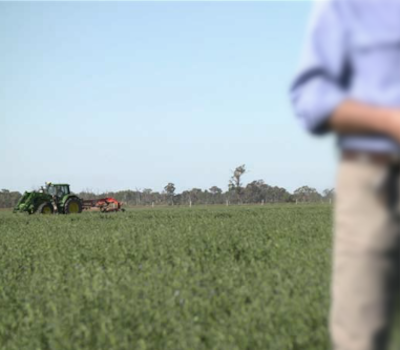
Go the extra mile with trace elements
Molybdenum may allow you to enhance pasture production using free nitrogen (N). If it has been five years or more since you last applied moly, consider it in your fertiliser program.
Learn more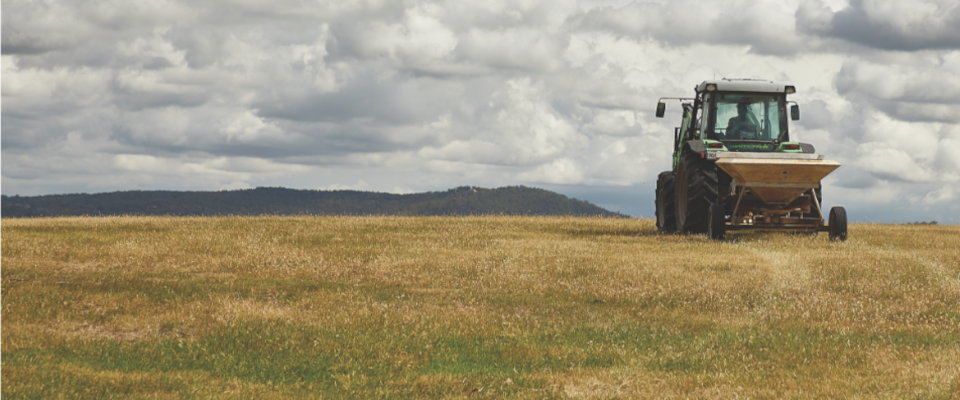
Go the extra mile with trace elements
A little input can make a huge difference in output. Trace elements play a critical role in helping to maintain a productive, sustainable pasture system. They can also help with maintaining stock health and fertility.
- A range of trace elements can be supplied in blends with SuPerfect® for simple and effective application in pastures, including molybdenum, copper, zinc, boron, cobalt and manganese.
- Leaf tissue testing is the most effective way to assess the need for trace elements in pasture.
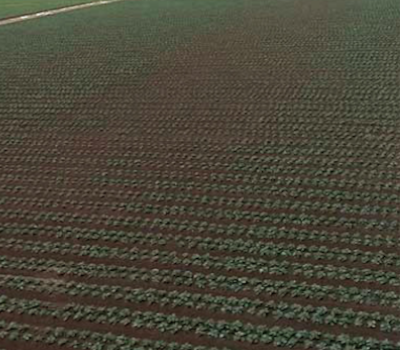
Plan for your pasture establishment
Better establishment means faster pasture growth, less weed competition and a longer period before renovating or re-planting.
Learn more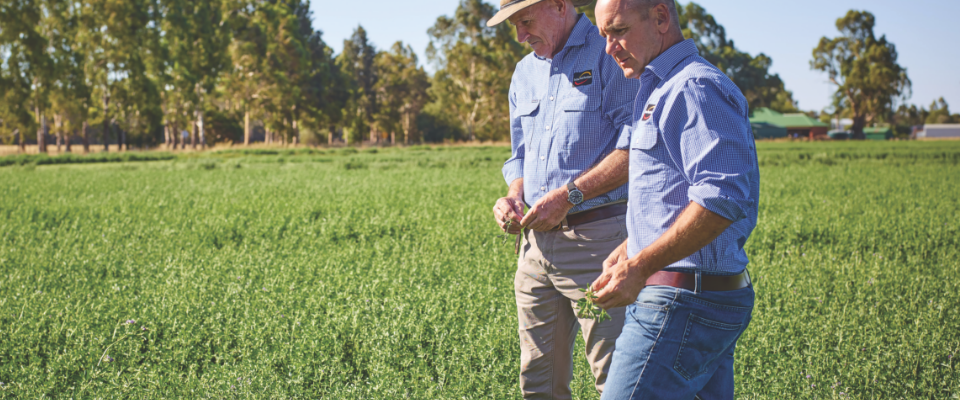
Plan for your pasture establishment
Better establishment means faster pasture growth, less weed competition and a longer period before renovating or re-planting.
- Supplying nitrogen and phosphorus will stimulate early growth for seedlings. This helps with quicker establishment and provides a greater seasonal production of dry matter.
- Vigorous forage seedlings create larger root systems, they grow faster, are more resilient and provide more dry matter.
- Make sure you’re applying a safe amount of fertiliser when applying starters at the sowing stage. Establishment may be compromised if seeds are placed too close to high concentrations of nitrogen or potassium.
- Typically, use a minimum of 10kg/ha of phosphorus in the sowing row close to the seed, even if phosphorus is above the optimal level. This gives seedling roots a nearby source of available phosphorus.
- Higher phosphorus rates can be applied if soil fertility is below optimal – as long as the application stays within safe seed rates.
- Legume-based pastures typically need annual maintenance applications of 12kg/ha of sulphur. This allows for removal, leaching losses and for nutrients to cycle through organic matter.
- New pastures with direct drilling and minimal soil disturbance require low sulphur cycling compared to paddocks under cultivation.
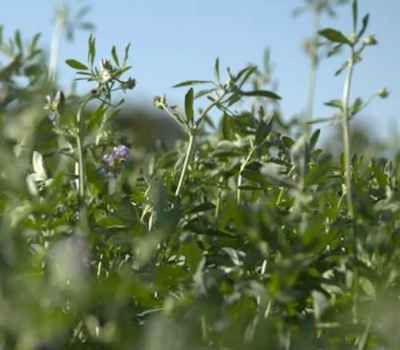
Look to blends for better investment
Sometimes SuPerfect® application every year is not the best plan for every paddock. Strategic use of SuPerfect®/MOP blends may be a better investment.
Learn more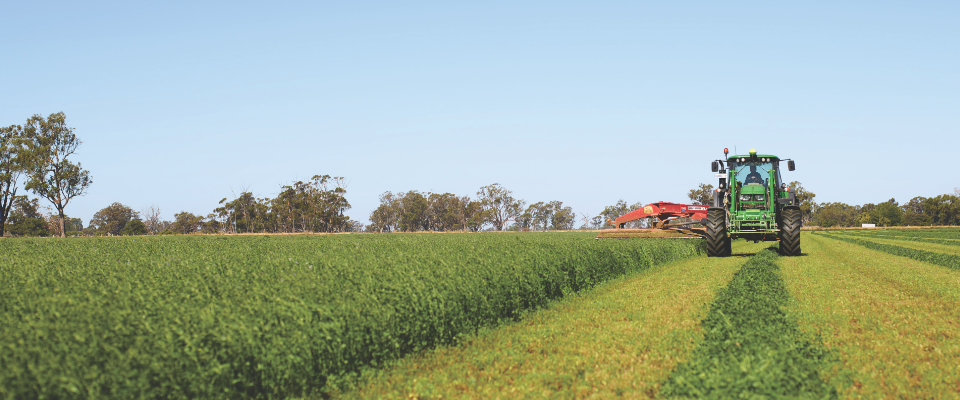
Look to blends for better investment
Sometimes SuPerfect® application every year is not the best plan for every paddock. Strategic use of SuPerfect®/MOP blends may be a better investment.
- Your soil testing and/or tissue testing will tell you if a boost of potassium or a trace of copper is necessary to address a deficiency.
- SuPerfect® blends provide the right balance of readily available phosphorus and sulphur to legume-based pastures – plus they meet any additional requirements.
- When you’re rebuilding potassium levels from a low base, several smaller applications of SuPerfect®/MOP blends tend to be more appropriate than one large treatment.
- SuPerfect® blends can be tailored to include molybdenum, copper, zinc, boron, cobalt and manganese for simple and effective application in pastures.
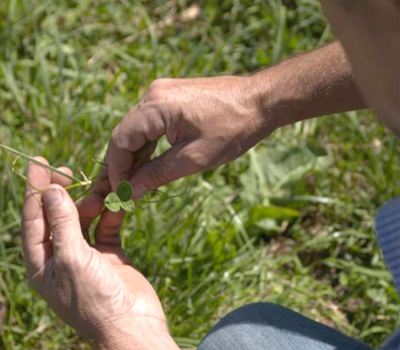
Fill the winter feed gap
Winter is usually when we face our biggest feed deficits in pasture systems. Nitrogen can be used strategically to assist in growing additional dry matter above normal growth rates.
Learn more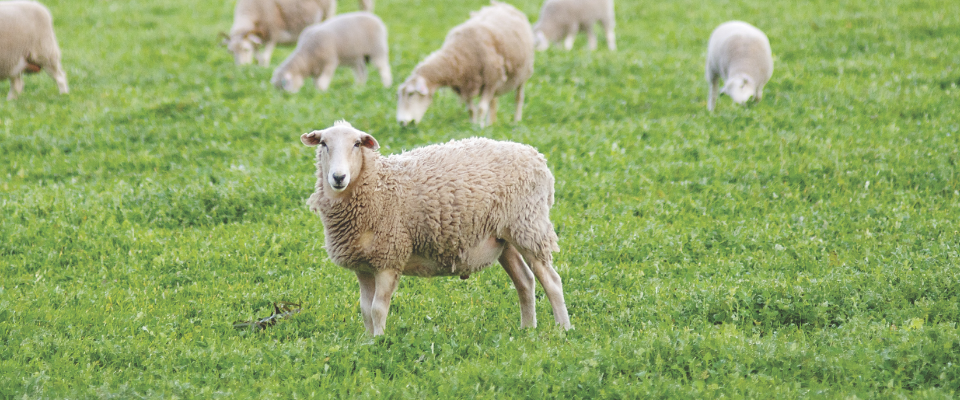
Fill the winter feed gap
Winter is usually when we face our biggest feed deficits in pasture systems. Nitrogen can be used strategically to assist in growing additional dry matter above normal growth rates.
- Identify when you are likely to have a feed de cit and plan ahead to apply nitrogen at appropriate times to enhance dry matter production – something usually overlooked in extensive pastures.
- When using urea and ammonium fertilisers, there may be a lag in availability of nitrate, as these convert to nitrate nitrogen slower in winter.
- Nitrate nitrogen is the primary source for nitrogen in grasses, as it’s taken up quickly by growing pastures.
- Consider Cal-Gran® (granular) and Easy N® (liquid), which contain nitrate nitrogen, and are more likely to be effective in winter conditions.
- Correct grazing management will ensure the nitrogen responses are maximised and animal health issues are avoided.
We Champion
Australian Soil Health
And the farmers who rely on it.
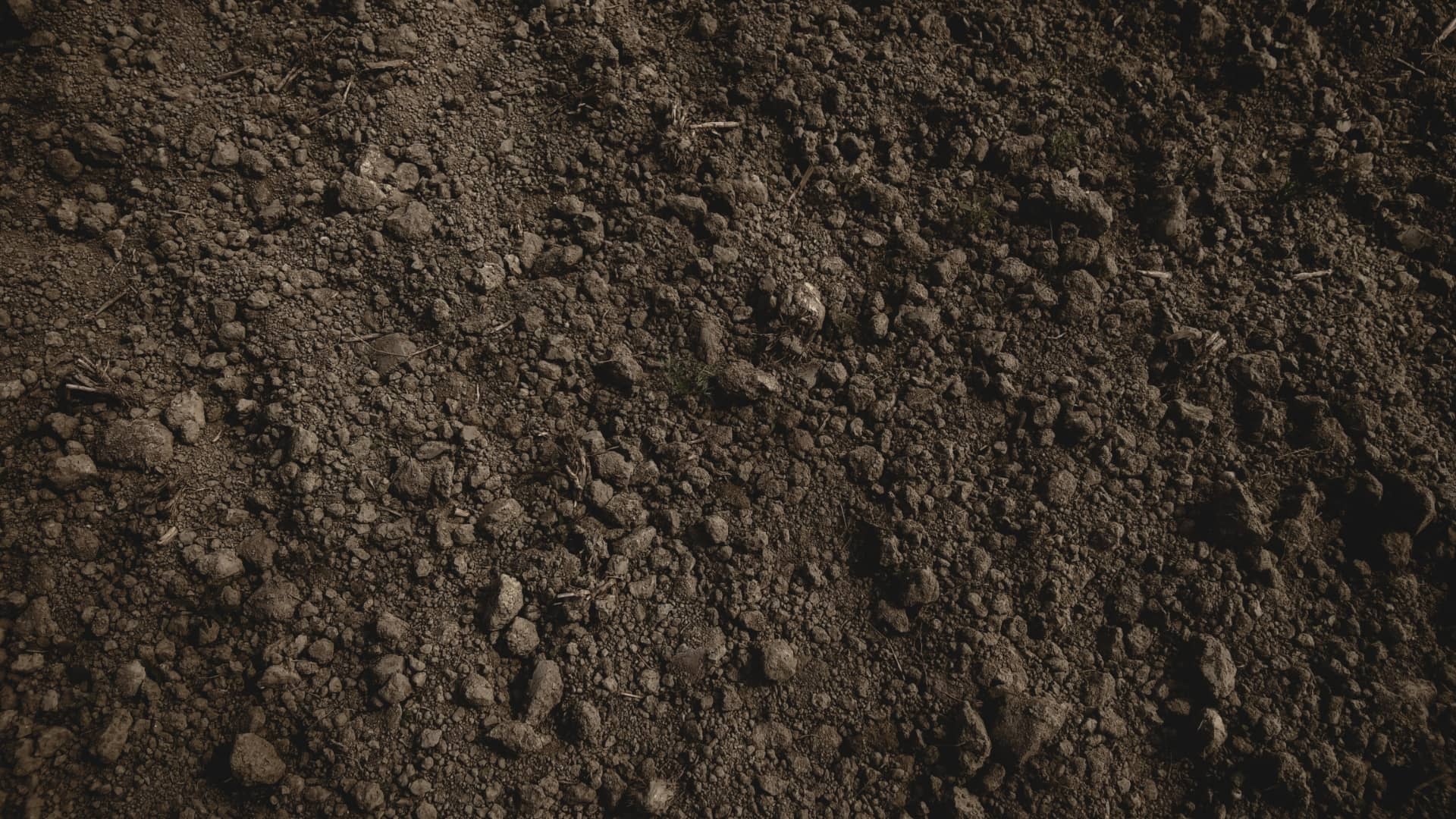
Soil health starts with knowing what it needs.
Only a regular routine of strategic nutrient analysis can tell you just what you’re missing,
and how much you need to apply when and at what frequency, for optimum efficiency and yield. For almost 60 years Nutrient Advantage has helped farmers and agronomists gain a productivity edge through reliable soil and tissue testing and nutrient advice.
Learn more from a Soil Expert
Enter your details and an IPF Agronomist will be in touch.

